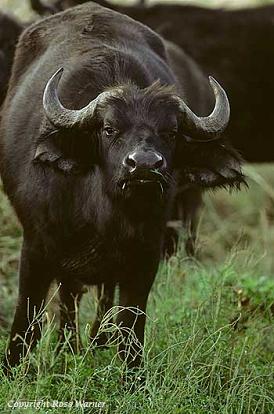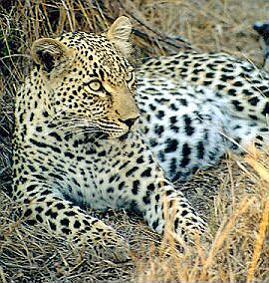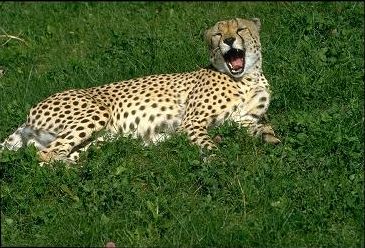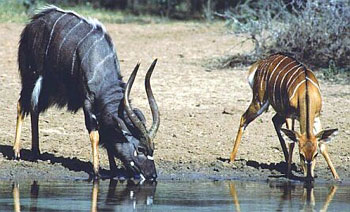Animal of the week – Cape or African Buffalo
The Cape or African Buffalo is a large mammal and the only type of cow adapted to the African savannah. Herds vary from 10 to about 2000 in areas such as the Okovango Delta where they are migratory. Buffalo do not really have any predators, Lions and Crocodiles will attack weak or old members of herds. Old bulls often leave herds to become solitary and they are the most often preyed upon. Buffalo can be dangerous and often stampede towards predators. Buffalo kill the young of their predators and many adult animals are also killed. Buffalo wallow to help keep cool and remove fleas. Buffalo are normally seen with oxpecker birds, Buffalo’s best friend, which also help remove fleas and ticks.





 Week 1 – starting 31st January.
Week 1 – starting 31st January.